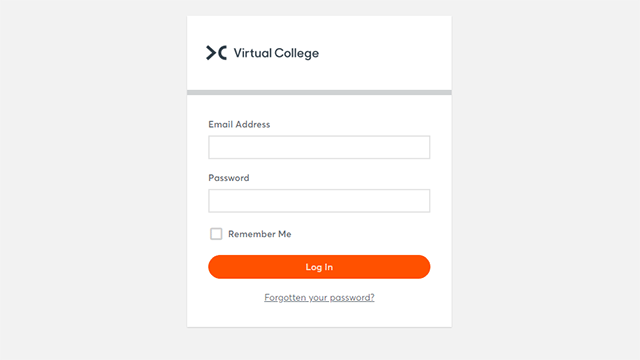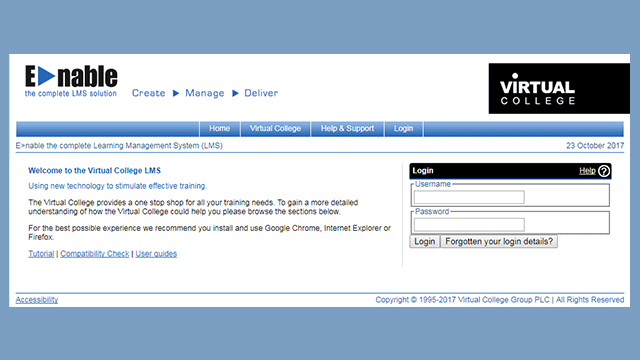All-Access Training Subscription
Our ready-to-go training subscription is simple. Pay for the employees you're training, give them 12 months unlimited access to our ever-expanding library of training courses and get it set up in 48 hours or less.
No long contracts, no hassle, just quality courses that your learners will thank you for. It's a no brainer.

Online Courses
Looking to train a small number of employees? Our catalogue of high-quality accredited and certified courses is just what you need.
Covering topics from food safety, safeguarding, compliance and health & safety, through to personal development and leadership & management. Developed with subject matter experts, and in line with UK legislation, our online learning courses will build the skills, knowledge, and confidence of your team whilst making sure you stay compliant.
Simply choose your training courses, purchase online and gain instant access through our easy-to-use learning management system.



















